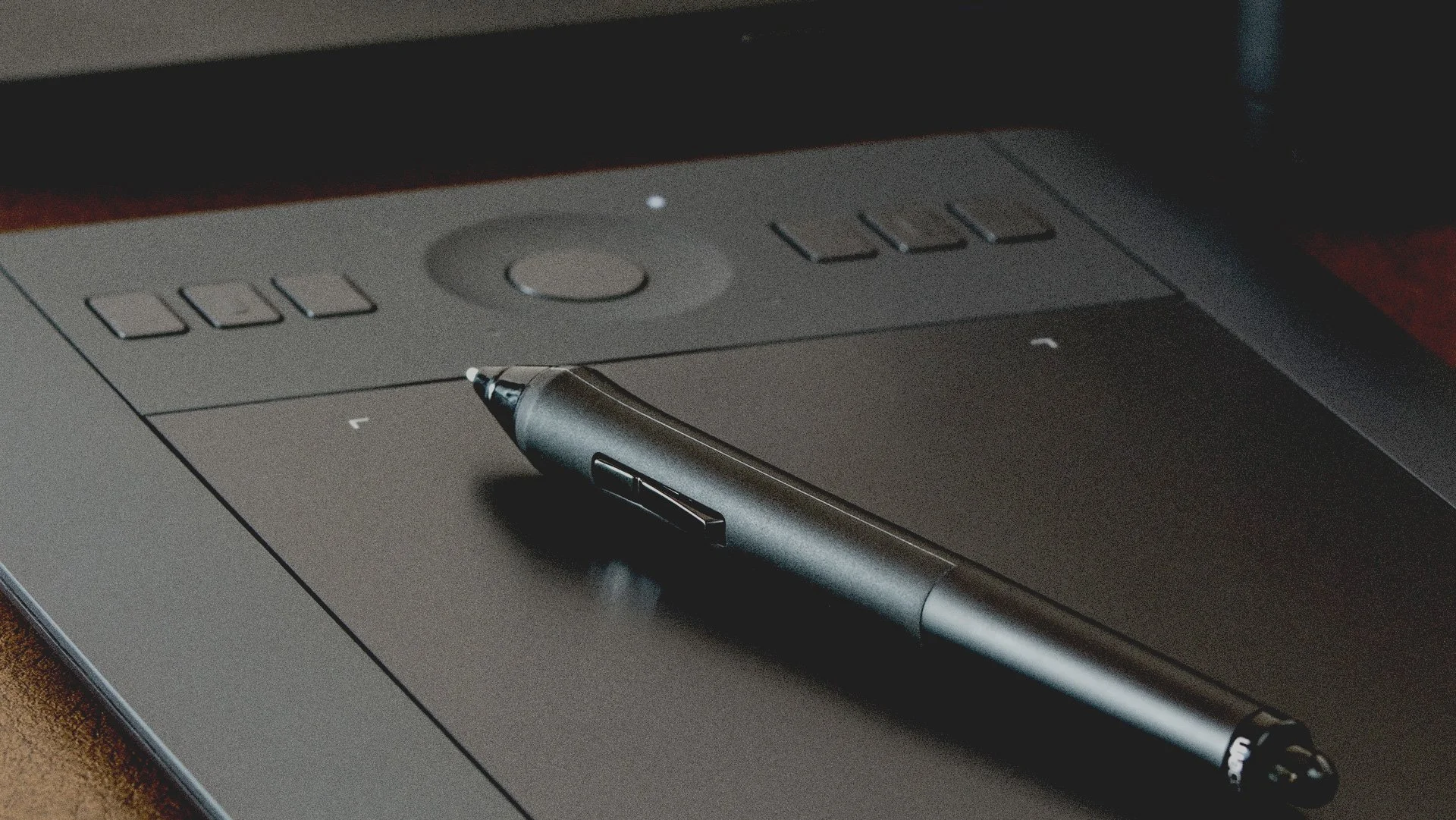GET HIGH-QUALITY ART DONE FASTER,
EVEN ON A TIGHT DEADLINE
Client: Frictional Games.
Project: Amnesia Rebirth.
-
A first-person horror adventure video game. Uncover your past and survive the Algerian desert. Fear is your enemy; stay calm to not succumb to an illness threatening you and your loved one. Avoid darkness, hide from monsters and solve puzzles. Adventure Mode available for a less scary experience.
Here’s how we achieved a 300% speed boost in Frictional Games’ Amnesia Rebirth pre-production.
Each day, an average of four polished AAA concept designs were submitted, complete with callouts and 3D base meshes. This helped make the pipeline faster.
Each idea aimed to expand the current style guide while trying out new, original concepts that still matched the existing IP look.
Our art quality improved by about 65% by combining 3D rendering with digital painting and graphic design. This approach produced realistic results that our vendor partners and internal team can easily create.
During the pre-production of the video game project, I was the main concept artist and designer. I helped create a library of symbols and designs to shape the look and feel of different environments. I worked on many visual elements, including level design, user interface, environments, characters, and props. My main focus was on set dressing, which is crucial for making the game visually engaging.
The Prop Designs of The Dark World
How I Helped Design Fast, Remain Creative, and Stay on Track.
To portray a alternate, imposing and superior alien culture, I was inspired by the same art that would carry the same feeling and also be designed to transport us to the same feelings.
I selected artistic movements that were designed to awe in oppressive ways, and therefore designed the visual language by influences of Mesopotamia, Brutalism and Voodoo culture. Having these pillars set, allowed production to expand on a array of ideas while still knowing the limits of what was possible, reducing decision fatigue and leading to faster, original and outcomes that were more faithful to what we wanted.
By making sure these key terms were check-listed, we always had new content that’d fit as long as these guardrails were ensured.
Speeding Up Your Workflow while Ensuring Quality.
At first, using Keyshot to create new materials for our project took about 10-30 minutes. However, these materials could be reused for any other props we needed to make. This allowed me to save each material to a project library, so I could use them again whenever a new request came in.
This process ensured the same render quality for any new assets, except now I can re-apply them with a few clicks. This sped up the final Photoshop rendering process from concept art to marketing quality. We could then use these for promotions or make the assets easy for any 3D artist to understand, whether they were part of our team or outsourced.
Turning Old Assets into a Kitbash Library.
Using 3D in concept art is very powerful because it allows us to see objects from different angles. This helps us understand how they will fit into the game. But there’s more! We can also break down these 3D objects and reuse parts of them to create new items.
This allows us to have a library that you can use like LEGO, and multiply the number of assets you already have into new ones, in under a day.
Get Level Design and Environment Concept Art in One Sprint
When designing places in games, it’s important not just to make them look nice, but also to think about how players will use them.
After reading Atomic Habits by James Clear, I started to think more like an architect and consider how people move through spaces. For example, if I'm creating a town, I might ask, "Should the water well be in the center of the square so people can socialize and take care of other needs at the same time?"
The most important part is level design, which means making sure the space is fun to play in repeatedly. I focus on building layouts first, then adding realism, and finally the visual details.
While working on the game Amnesia: Rebirth, I learned that using empty spaces between doors and tunnels encourages players to be curious and explore more. It feels like a game of hide and seek in their minds. I helped design about 3 out of every 10 parts of the game's levels and created 80% of the art, including props, lighting tests, and objects you can interact with, as well as some characters.






How we made Concepts fit and Elevate the Gameplay
All of these ideas are inspired by real-life solutions. For example, I once saw someone using a car wheel to create a DIY reel for their garden hose; a clever way to store and swing the hose while providing a resting place. This inspired me to think that a chain moves in a similar way to a hose, and it could serve as a solution to enhance the storytelling and functionality of these props; and so I designed the elevator below with a car wheel as well.
The results are in:
Client Testimonials
















